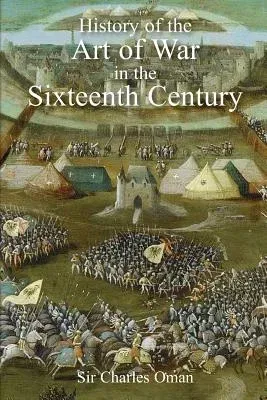The 16th century bears witness to several critical military
developments. The most obvious is the emergence of firepower on the
battlefield. Gunpowder was several centuries old by that time, but it
remained a rare and expensive siege weapon. In the 16th century, all of
that changes. Cannon are lighter, limbered on smaller and more
manoeuvrable carriages. Suddenly, armies have a powerful and portable
siege train. In a matter of a few years, every castle in Europe becomes
obsolete. Furthermore, cannon, for the first time, can be handled
effectively on the battlefield. This spells ultimate doom for the large,
unwieldy formations popular in earlier times, such as the Swiss
pikemen's phalanx.
The new power and portability of artillery forces a radical evolution in
fortification. The tall stone walls of the medieval period are now
indefensible. Instead, huge, broad and low fortifications, covered by
overlapping fields of fire, become essential. This new style, the "trace
italienne", will dominate warfare until the wars of Frederick the Great.
Indeed, one finds combat conditions in heavily fortified regions, such
as the Low Countries, that resemble World War One: Interminable battles
fought in muddy trenches, where snipers dominate No Man's Land and the
grenade and mortar are the weapons of choice.
Gunpowder also spurs the rearmament of the infantry. A judicious mix of
arqubusiers and pikemen become the favourite mix of battlefield
commanders. Interestingly, gunpowder helps to revive the cavalry arm.
Long helpless against the Swiss pikeman, German landesknecht and English
long bowmen, the mounted soldier regains his effectiveness with the
advent of firepower. Artillery now breaks up formerly untouchable
infantry formations, making them vulnerable to a cavalry charge. Cavalry
also embraces the pistol, giving them firepower in addition to shock
value. Gustavus Adolphus, in the next century, actually has to use
considerable effort to wean his cavalry off of firepower and its
excessive reliance on the caracole.
These technological advances require a new level of professionalism on
the part of soldiers. The professional warrior of the Middle Ages is
replaced in the 16th century by the professional soldier of the modern
period. In turn, the nation state finds itself required to maintain a
standing, professional military. The increasing dissatisfaction of
commanders with mercenary troops only accelerates this move to national,
professional armies. This process becomes an essential catalyst to the
birth of the modern nation state.


